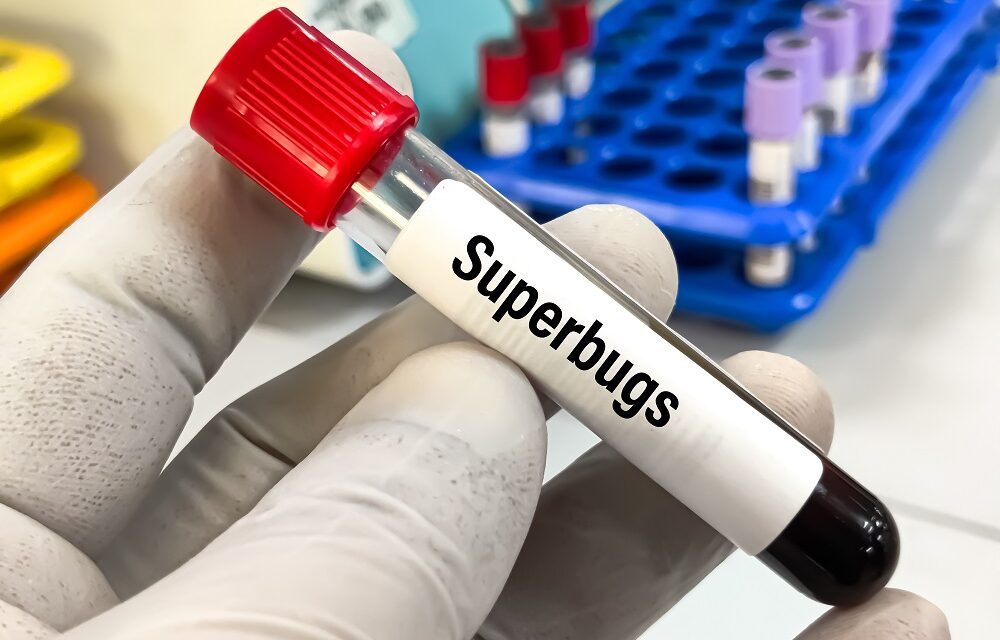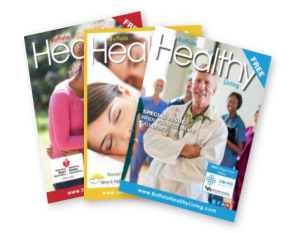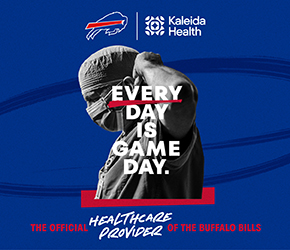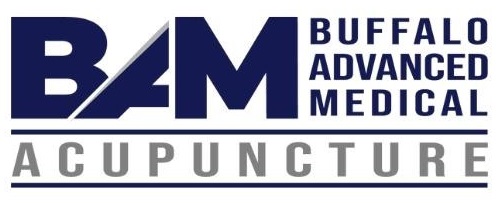WHO Warns of Rising Superbugs: What It Means for WNY

By Annette Pinder
In October 2025, the World Health Organization (WHO) issued a stark warning: In 2023, one in six laboratory-confirmed bacterial infections worldwide were resistant to first-line antibiotics. Over the five years from 2018 to 2023, resistance increased in more than 40% of monitored bacteria-antibiotic pairs, rising an average of 5–15% annually. This is not a distant problem—it is a threat that could reshape medicine, even in Buffalo and the Niagara region.
Why This Matters.
Antimicrobial resistance (AMR), often called “superbugs,” happens when bacteria adapt to survive drugs that once killed them. Overuse and misuse of antibiotics in people, livestock, and agriculture speed up the evolution of bacteria. The WHO’s 2025 report, covering more than 23 million infections in 104 countries, highlights eight priority bacteria—including E. coli, Klebsiella pneumoniae, and Staphylococcus aureus—now showing widespread resistance to common antibiotics. Here’s why the rise of AMR is concerning.
- As resistance grows, standard antibiotics may no longer work, forcing reliance on older, more toxic, or more expensive drugs—or sometimes leaving no good options.
- Resistant infections take longer to resolve, cause more complications, and often require extended hospital stays.
- AMR already contributes to more than a million deaths globally each year.
- Many treatments—such as major surgery, chemotherapy, and organ transplants—depend on infection control. If antibiotics fail, once-routine procedures become risky.
- More prolonged care and expensive drugs strain healthcare systems and family finances.
Local Implications: Why We Should Care.
Although Buffalo is far from major global hotspots, resistant organisms can spread through people, food, and water. Common infections—such as urinary tract or wound infections—caused by resistant bacteria may not respond to usual antibiotics, leading to the need for more advanced treatments. Hospitals are especially vulnerable, with resistant strains like MRSA and multidrug Pseudomonas posing risks for older adults and those with chronic illnesses. Diagnostic testing to identify resistant infections can also be delayed or unavailable in smaller clinics, which extends illness. Rising costs and longer hospital stays put extra pressure on local health systems. The environment also plays a role, as antibiotic residues from agriculture can promote resistance in soil and water, affecting all living ecosystems.
Ways We Can Help.
- Only take antibiotics when prescribed and always complete the whole course.
- Wash hands, disinfect surfaces, cook food thoroughly, and stay up to date on vaccines.
- Encourage healthcare providers to use testing that targets the right antibiotic quickly.
- Support policies and research funding that promote responsible antibiotic use and innovation.
We are in this together. Human, animal, and environmental health are interconnected, so responsible antibiotic use in every setting matters. November’s U.S. Antibiotic Awareness Week reminds us that fighting superbugs takes all of us.











